Home>Furniture & Design>Bathroom Accessories>Which Is Better: Acrylic Or Fiberglass Bathtub?
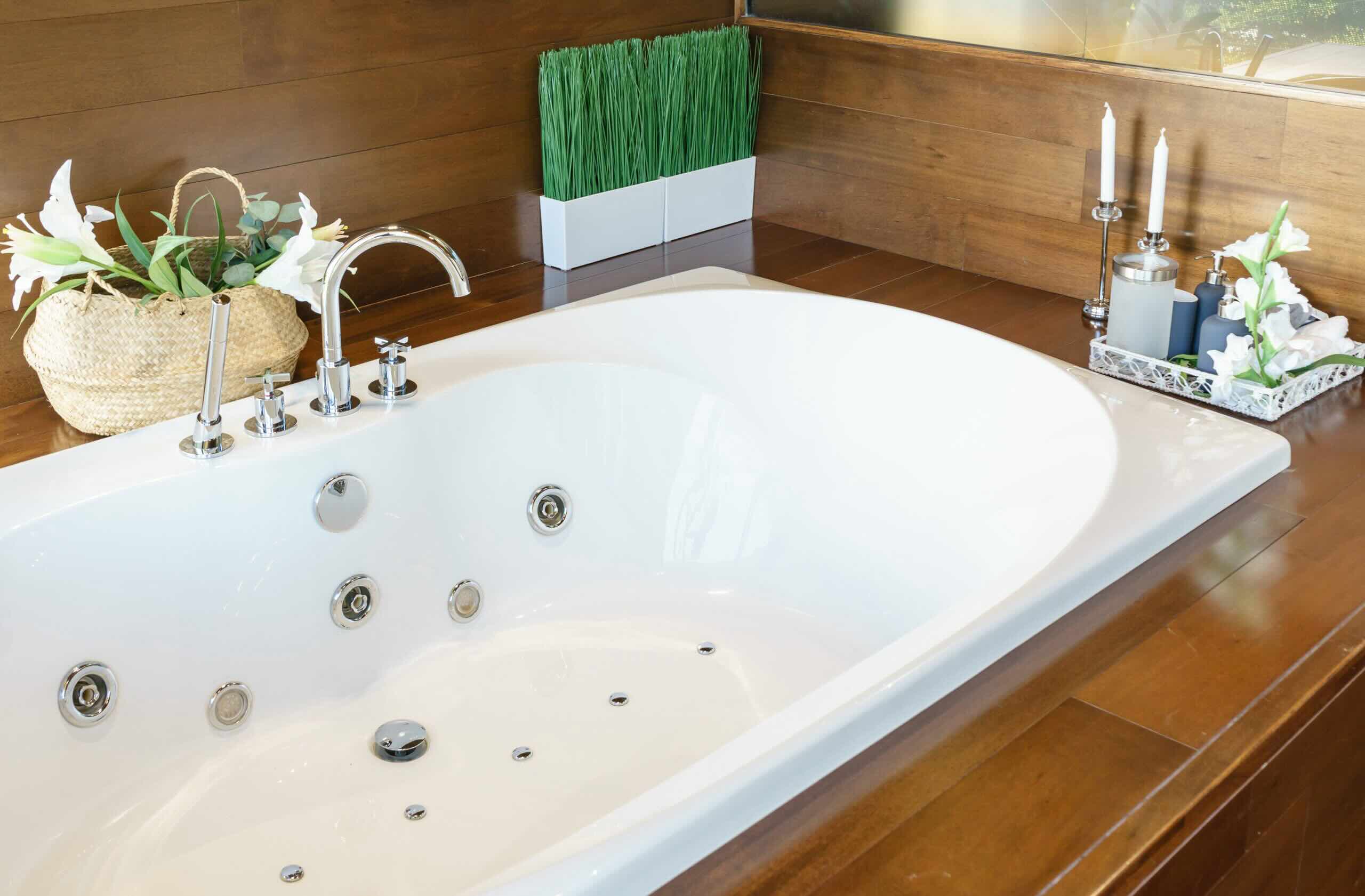

Bathroom Accessories
Which Is Better: Acrylic Or Fiberglass Bathtub?
Modified: April 22, 2024
Discover the pros and cons of acrylic and fiberglass bathtubs to help you make the best choice for your bathroom accessories. Explore the differences and find the perfect fit for your needs.
(Many of the links in this article redirect to a specific reviewed product. Your purchase of these products through affiliate links helps to generate commission for Storables.com, at no extra cost. Learn more)
Introduction
When it comes to selecting the perfect bathtub for your bathroom, the choice between acrylic and fiberglass materials often arises. Both options offer unique benefits and considerations, making the decision a crucial aspect of your bathroom design. Understanding the differences between acrylic and fiberglass bathtubs can help you make an informed decision that aligns with your preferences and requirements.
Acrylic and fiberglass bathtubs are popular choices due to their versatility, affordability, and durability. Each material possesses distinct characteristics that cater to various needs, making it essential to weigh the pros and cons of both options before making a selection. From cost and durability to maintenance and aesthetics, there are several factors to consider when evaluating the suitability of acrylic and fiberglass bathtubs for your home.
In this comprehensive guide, we will delve into the key aspects of acrylic and fiberglass bathtubs, providing valuable insights to assist you in making an informed decision. By exploring the cost implications, durability, maintenance requirements, installation considerations, and aesthetic appeal of both materials, you will gain a deeper understanding of which option may be better suited for your specific needs.
Whether you are embarking on a bathroom renovation project or building a new home, the choice between acrylic and fiberglass bathtubs is a pivotal decision that can significantly impact the functionality and visual appeal of your bathroom space. By examining the unique characteristics and benefits of each material, you can confidently navigate the selection process and choose the bathtub that best aligns with your lifestyle and design preferences.
Key Takeaways:
- Acrylic bathtubs may cost more upfront, but their durability can lead to long-term savings. Fiberglass bathtubs offer affordability, but may require more frequent repairs, impacting long-term costs.
- Acrylic bathtubs are low-maintenance with a sleek, modern look, while fiberglass bathtubs require more upkeep but exude timeless charm. Both materials offer unique benefits to suit diverse needs and preferences.
Cost
When it comes to the cost of acrylic and fiberglass bathtubs, both options offer distinct advantages that cater to different budgetary considerations. Acrylic bathtubs are generally known for their higher upfront cost compared to fiberglass models. This is primarily due to the manufacturing process and the quality of materials used. Acrylic bathtubs are crafted from vacuum-formed sheets of acrylic, resulting in a solid and durable structure that contributes to their higher price point. Additionally, the smooth and glossy finish of acrylic bathtubs adds to their aesthetic appeal, further justifying the initial investment.
On the other hand, fiberglass bathtubs are often favored for their affordability. The manufacturing process of fiberglass bathtubs involves spraying layers of fiberglass onto a mold, creating a lightweight yet sturdy product. This method of production typically leads to lower manufacturing costs, making fiberglass bathtubs a cost-effective option for homeowners seeking a budget-friendly solution.
While the initial purchase price of a fiberglass bathtub may be lower than that of an acrylic bathtub, it's important to consider the long-term cost implications. Acrylic bathtubs, despite their higher upfront cost, are known for their durability and resistance to wear and tear. This means that while the initial investment may be greater, the longevity and minimal maintenance requirements of acrylic bathtubs can result in cost savings over time. In contrast, fiberglass bathtubs, while more affordable initially, may require more frequent repairs and replacements, potentially leading to higher long-term costs.
Furthermore, the cost of installation should also be factored into the overall expense of acquiring a new bathtub. Both acrylic and fiberglass bathtubs require professional installation to ensure proper fitting and functionality. However, the installation costs may vary depending on the specific requirements of each material. For instance, acrylic bathtubs, due to their heavier weight, may entail higher installation costs compared to fiberglass models.
Ultimately, the cost consideration for acrylic and fiberglass bathtubs extends beyond the initial purchase price, encompassing long-term durability and maintenance expenses. By carefully evaluating your budget and weighing the upfront costs against the potential long-term savings, you can make an informed decision that aligns with your financial considerations and bathroom design preferences.
Durability
Durability is a crucial factor to consider when choosing between acrylic and fiberglass bathtubs. Both materials offer unique characteristics that impact their longevity and resilience in the face of daily use and wear. Understanding the durability of acrylic and fiberglass bathtubs can guide you in selecting a product that aligns with your lifestyle and maintenance preferences.
Acrylic bathtubs are renowned for their exceptional durability. Crafted from vacuum-formed sheets of acrylic, these bathtubs boast a solid and robust structure that can withstand the rigors of daily use. The non-porous nature of acrylic contributes to its resistance to stains, fading, and discoloration, making it an ideal choice for homeowners seeking a long-lasting and low-maintenance bathtub option. Additionally, acrylic bathtubs are known for retaining their glossy finish over time, adding to their aesthetic appeal and overall durability.
On the other hand, fiberglass bathtubs are valued for their lightweight yet sturdy construction. The layers of fiberglass sprayed onto a mold result in a durable and impact-resistant bathtub that can endure regular use. While fiberglass may be more prone to scratching compared to acrylic, it remains a durable option that can provide years of reliable performance with proper care and maintenance.
When evaluating the durability of acrylic and fiberglass bathtubs, it's essential to consider factors such as impact resistance, scratch resistance, and overall longevity. Acrylic's solid structure and non-porous surface make it highly resistant to chips, cracks, and stains, contributing to its long-term durability. Fiberglass, while slightly more susceptible to scratches, offers commendable durability and can maintain its integrity with regular upkeep and gentle handling.
Furthermore, the maintenance requirements of each material can impact their durability over time. Acrylic bathtubs, with their non-porous surface, are relatively easy to clean and maintain, contributing to their sustained durability. Fiberglass bathtubs may require more diligent care to prevent scratches and maintain their appearance, but with proper maintenance, they can exhibit impressive durability.
In summary, both acrylic and fiberglass bathtubs offer commendable durability, with each material presenting unique strengths that cater to different preferences and usage patterns. By considering the impact resistance, maintenance needs, and long-term performance of acrylic and fiberglass bathtubs, you can make an informed decision that aligns with your durability expectations and contributes to a resilient and long-lasting bathroom space.
Maintenance
Maintenance is a crucial aspect to consider when evaluating the suitability of acrylic and fiberglass bathtubs for your home. The maintenance requirements of each material play a significant role in preserving the aesthetic appeal and functionality of the bathtub over time. By understanding the specific maintenance needs of acrylic and fiberglass bathtubs, you can make an informed decision that aligns with your lifestyle and upkeep preferences.
Acrylic bathtubs are known for their relatively low maintenance requirements, making them an attractive option for homeowners seeking a hassle-free bathing solution. The non-porous nature of acrylic prevents the accumulation of dirt, grime, and soap scum, facilitating easy cleaning and maintenance. Regular cleaning with mild, non-abrasive cleaners is typically sufficient to keep an acrylic bathtub looking pristine. Additionally, the smooth and glossy surface of acrylic bathtubs resists staining and discoloration, further simplifying the maintenance process. By incorporating gentle cleaning practices into your routine, you can preserve the luster and cleanliness of an acrylic bathtub with minimal effort.
In contrast, fiberglass bathtubs may require slightly more attention when it comes to maintenance. The porous nature of fiberglass can make it more susceptible to staining and discoloration if not properly cared for. Regular cleaning with non-abrasive cleaners is essential to prevent the buildup of residue and maintain the appearance of a fiberglass bathtub. Additionally, avoiding harsh cleaning agents and abrasive tools can help preserve the integrity of the fiberglass surface. By implementing gentle cleaning practices and periodic maintenance, homeowners can ensure that their fiberglass bathtub retains its visual appeal and structural integrity.
Furthermore, the longevity of both acrylic and fiberglass bathtubs is closely tied to their maintenance. By adhering to recommended cleaning practices and avoiding harsh chemicals and abrasive tools, you can extend the lifespan of your chosen bathtub material. Additionally, promptly addressing any minor issues, such as scratches or surface imperfections, can contribute to the overall maintenance and upkeep of the bathtub.
Ultimately, the maintenance requirements of acrylic and fiberglass bathtubs should be carefully considered to align with your willingness to invest time and effort in preserving the condition of your bathtub. By understanding the specific cleaning needs and maintenance considerations of each material, you can select a bathtub that complements your lifestyle and contributes to a well-maintained and inviting bathroom space.
When choosing between acrylic and fiberglass bathtubs, consider the durability, maintenance, and cost. Acrylic is more durable and easier to maintain, but fiberglass is more affordable. Consider your budget and maintenance preferences before making a decision.
Installation
The installation process is a pivotal consideration when choosing between acrylic and fiberglass bathtubs. Both materials require professional installation to ensure proper fitting, functionality, and long-term performance. Understanding the nuances of installing acrylic and fiberglass bathtubs can guide homeowners in making an informed decision that aligns with their specific requirements and bathroom design preferences.
Acrylic bathtubs, known for their solid and durable construction, typically require careful handling during the installation process. Due to their heavier weight compared to fiberglass models, acrylic bathtubs may necessitate additional support and reinforcement to ensure structural integrity. Professional installers are adept at securing acrylic bathtubs in place, ensuring a stable and secure fit that minimizes the risk of shifting or movement over time. Additionally, the precise alignment and sealing of acrylic bathtubs are crucial to prevent water leakage and maintain a watertight installation. By entrusting the installation to experienced professionals, homeowners can ensure that their acrylic bathtub is seamlessly integrated into their bathroom space, ready to deliver years of reliable performance.
On the other hand, fiberglass bathtubs, renowned for their lightweight yet sturdy composition, offer a relatively straightforward installation process. The lightweight nature of fiberglass makes handling and positioning the bathtub more manageable during installation. Professional installers can efficiently secure fiberglass bathtubs in place, ensuring a snug fit that promotes stability and functionality. Additionally, the flexibility of fiberglass allows for versatile installation options, catering to various bathroom layouts and design preferences. With expert installation, homeowners can enjoy the peace of mind that their fiberglass bathtub is skillfully integrated into their bathroom, ready to elevate the bathing experience with its durability and visual appeal.
Furthermore, the installation costs associated with acrylic and fiberglass bathtubs should be factored into the overall decision-making process. While the installation expenses may vary based on factors such as the specific bathtub model, bathroom layout, and additional requirements, homeowners can anticipate a professional installation to ensure optimal performance and longevity of their chosen bathtub material.
In summary, the installation of acrylic and fiberglass bathtubs demands attention to detail, precision, and expertise to guarantee a seamless integration into the bathroom space. By enlisting the services of qualified professionals for the installation process, homeowners can confidently embark on their journey to enhance their bathroom with a durable, visually appealing, and functional bathtub that aligns with their lifestyle and design aspirations.
Aesthetics
The aesthetics of a bathtub play a pivotal role in shaping the overall ambiance and visual appeal of a bathroom space. When comparing acrylic and fiberglass bathtubs from an aesthetic standpoint, several key factors come into play, influencing the design possibilities and the impact on the overall bathroom environment.
Acrylic bathtubs are celebrated for their sleek and glossy appearance, which adds a touch of sophistication and modern elegance to any bathroom. The smooth surface of acrylic allows for a seamless and uniform finish, creating a visually striking focal point within the bathing area. Furthermore, acrylic bathtubs are available in a wide array of shapes, sizes, and designs, offering homeowners the flexibility to select a model that harmonizes with their preferred aesthetic theme. Whether it's a freestanding, alcove, or drop-in bathtub, acrylic's versatility in design enables it to seamlessly integrate into various bathroom layouts, catering to diverse style preferences and architectural motifs.
In contrast, fiberglass bathtubs exude a timeless charm and versatility that appeals to homeowners seeking a classic and understated aesthetic. The textured surface of fiberglass bathtubs, often resembling the look of natural stone or porcelain, contributes to a warm and inviting ambiance within the bathroom. Additionally, fiberglass bathtubs are available in an assortment of shapes and configurations, allowing for customization to suit specific design visions. Whether it's a traditional alcove bathtub or a contemporary corner installation, fiberglass bathtubs offer a range of options to complement different interior design themes and color schemes.
Moreover, both acrylic and fiberglass bathtubs can be enhanced with various features and embellishments to elevate their aesthetic appeal. From integrated armrests and lumbar support to decorative aprons and intricate detailing, these customizable elements contribute to the overall visual impact of the bathtub, creating a personalized and inviting bathing space.
Ultimately, the choice between acrylic and fiberglass bathtubs from an aesthetic perspective hinges on individual preferences, design aspirations, and the desired ambiance of the bathroom. Whether it's the modern allure of acrylic or the timeless charm of fiberglass, both materials offer compelling aesthetic qualities that can transform a mundane bathroom into a captivating retreat, reflecting the unique style and personality of the homeowner.
Conclusion
In conclusion, the decision between acrylic and fiberglass bathtubs hinges on a multitude of factors, each carrying significant weight in shaping the overall bathing experience and long-term satisfaction. From cost considerations and durability to maintenance requirements, installation nuances, and aesthetic appeal, the comparison between acrylic and fiberglass bathtubs reveals a diverse landscape of benefits and considerations.
When evaluating the cost aspect, it becomes evident that while acrylic bathtubs may entail a higher initial investment, their long-term durability and resistance to wear and tear can lead to cost savings over time. On the other hand, fiberglass bathtubs offer an affordable upfront cost, making them an attractive option for budget-conscious homeowners.
In terms of durability, both materials exhibit commendable resilience, with acrylic boasting a non-porous surface that resists stains and maintains its glossy finish, while fiberglass presents a lightweight yet sturdy composition that can withstand regular use with proper care.
The maintenance requirements of acrylic and fiberglass bathtubs also play a pivotal role in the decision-making process. Acrylic's low-maintenance nature, attributed to its non-porous surface, offers convenience and ease of upkeep, while fiberglass demands diligent care to prevent staining and preserve its appearance.
The installation process further distinguishes acrylic and fiberglass bathtubs, with acrylic requiring careful handling due to its heavier weight, and fiberglass offering a relatively straightforward installation process owing to its lightweight yet durable composition.
From an aesthetic standpoint, both materials present compelling visual qualities, with acrylic exuding modern elegance through its sleek and glossy finish, and fiberglass emanating a timeless charm with its textured surface and versatile design options.
Ultimately, the choice between acrylic and fiberglass bathtubs is deeply personal, influenced by individual preferences, lifestyle considerations, and design aspirations. Whether it's the enduring durability of acrylic or the budget-friendly appeal of fiberglass, each material offers distinct advantages that cater to diverse needs and priorities.
By carefully weighing the cost, durability, maintenance, installation, and aesthetic aspects of acrylic and fiberglass bathtubs, homeowners can make an informed decision that aligns with their vision for a functional, inviting, and visually captivating bathroom space. Whether it's the luxurious allure of acrylic or the classic charm of fiberglass, the chosen bathtub material has the potential to elevate the bathing experience and contribute to the overall ambiance of the home.
Frequently Asked Questions about Which Is Better: Acrylic Or Fiberglass Bathtub?
Was this page helpful?
At Storables.com, we guarantee accurate and reliable information. Our content, validated by Expert Board Contributors, is crafted following stringent Editorial Policies. We're committed to providing you with well-researched, expert-backed insights for all your informational needs.

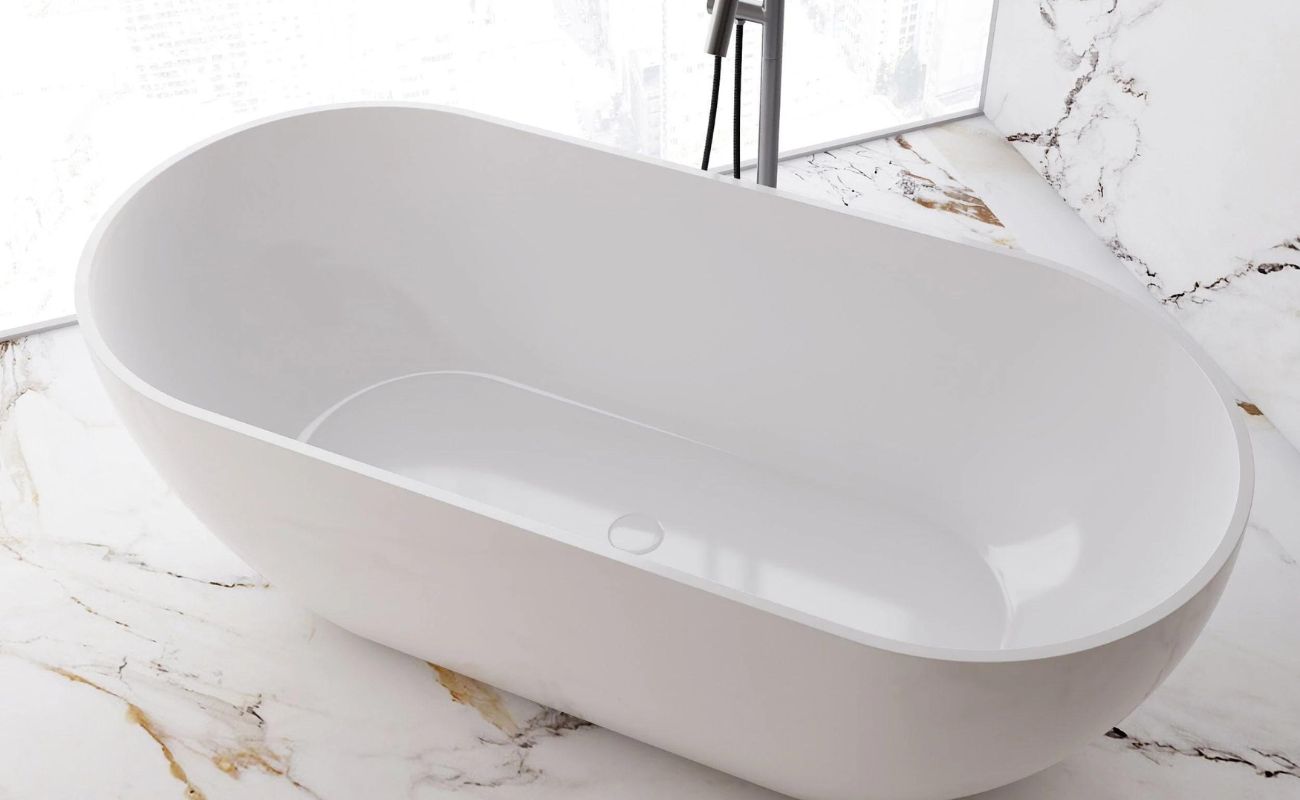
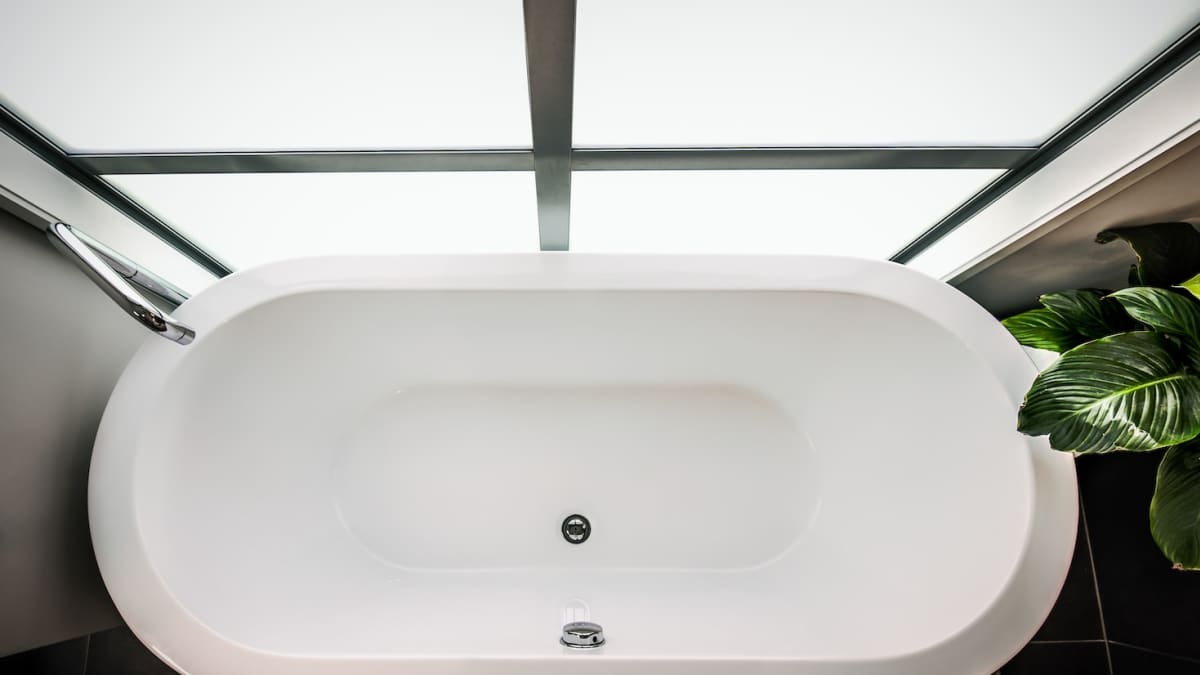
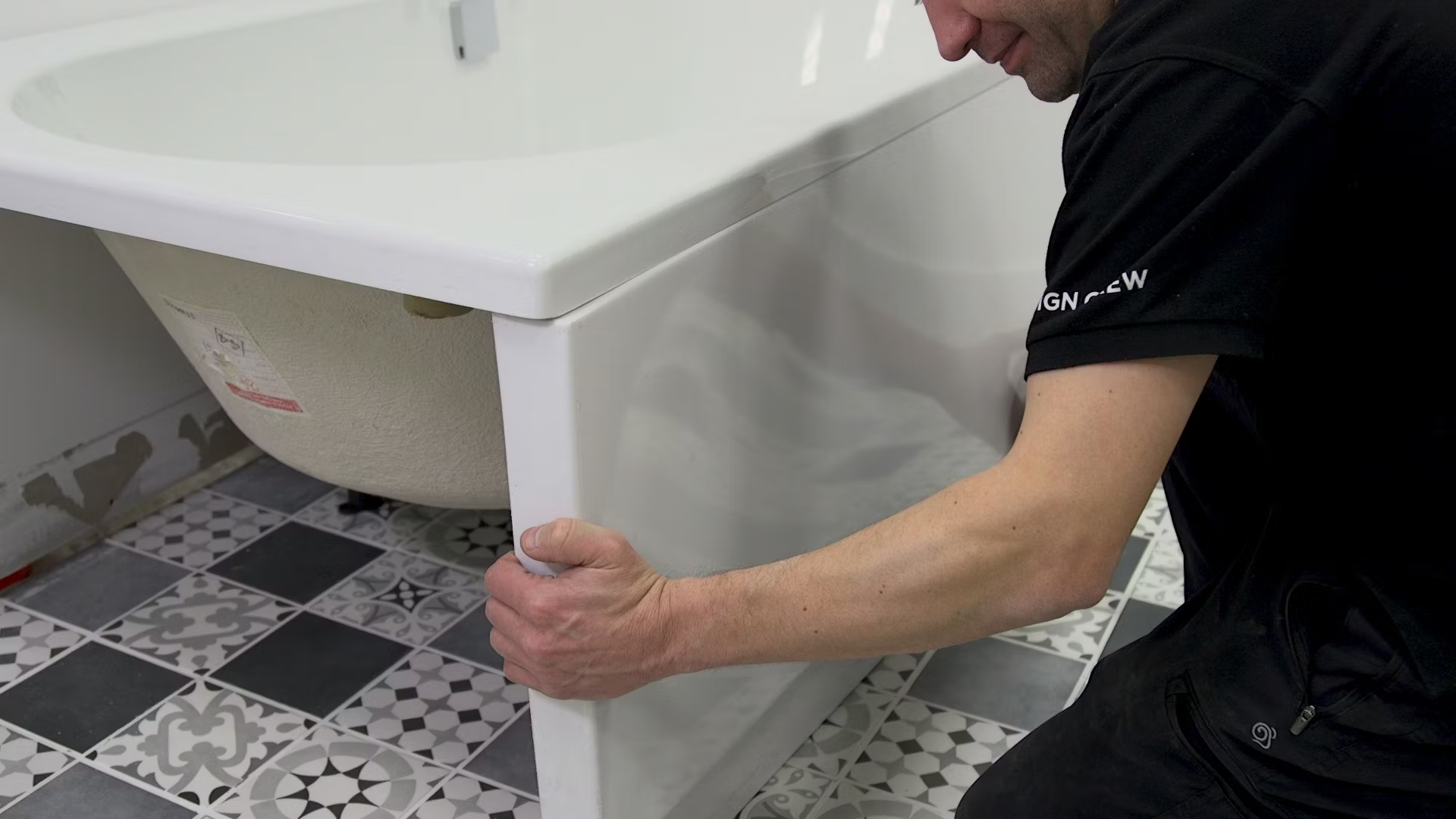

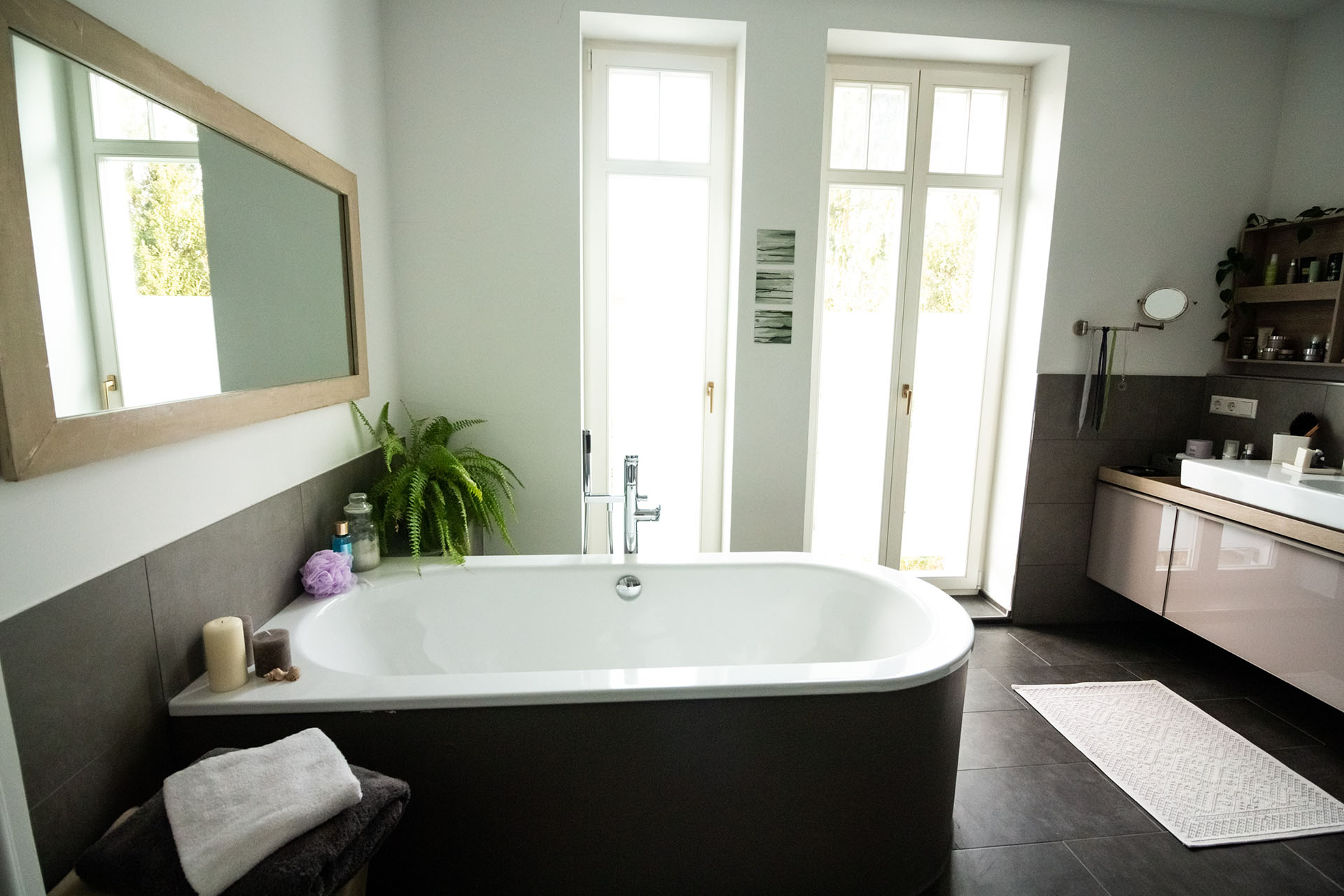
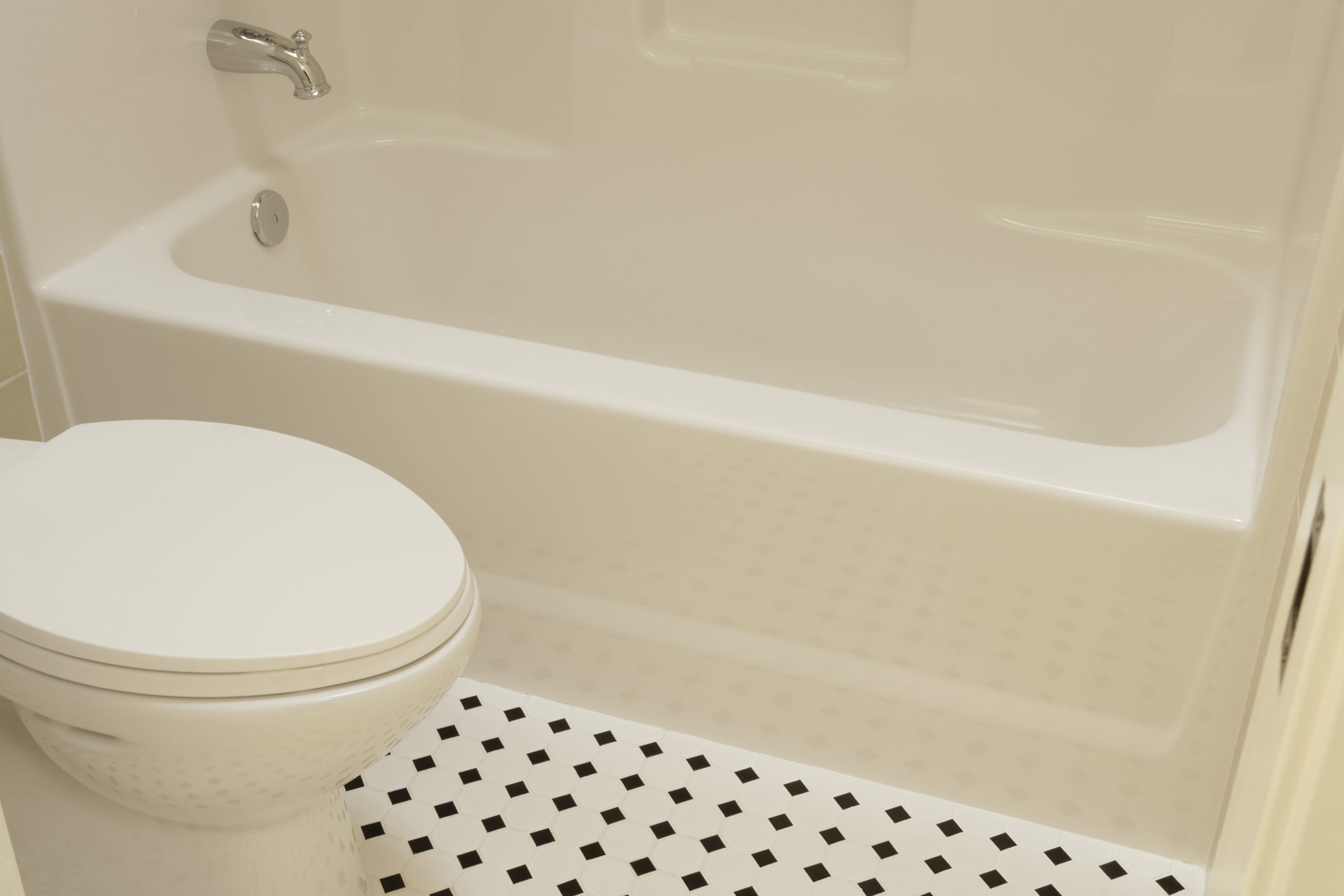
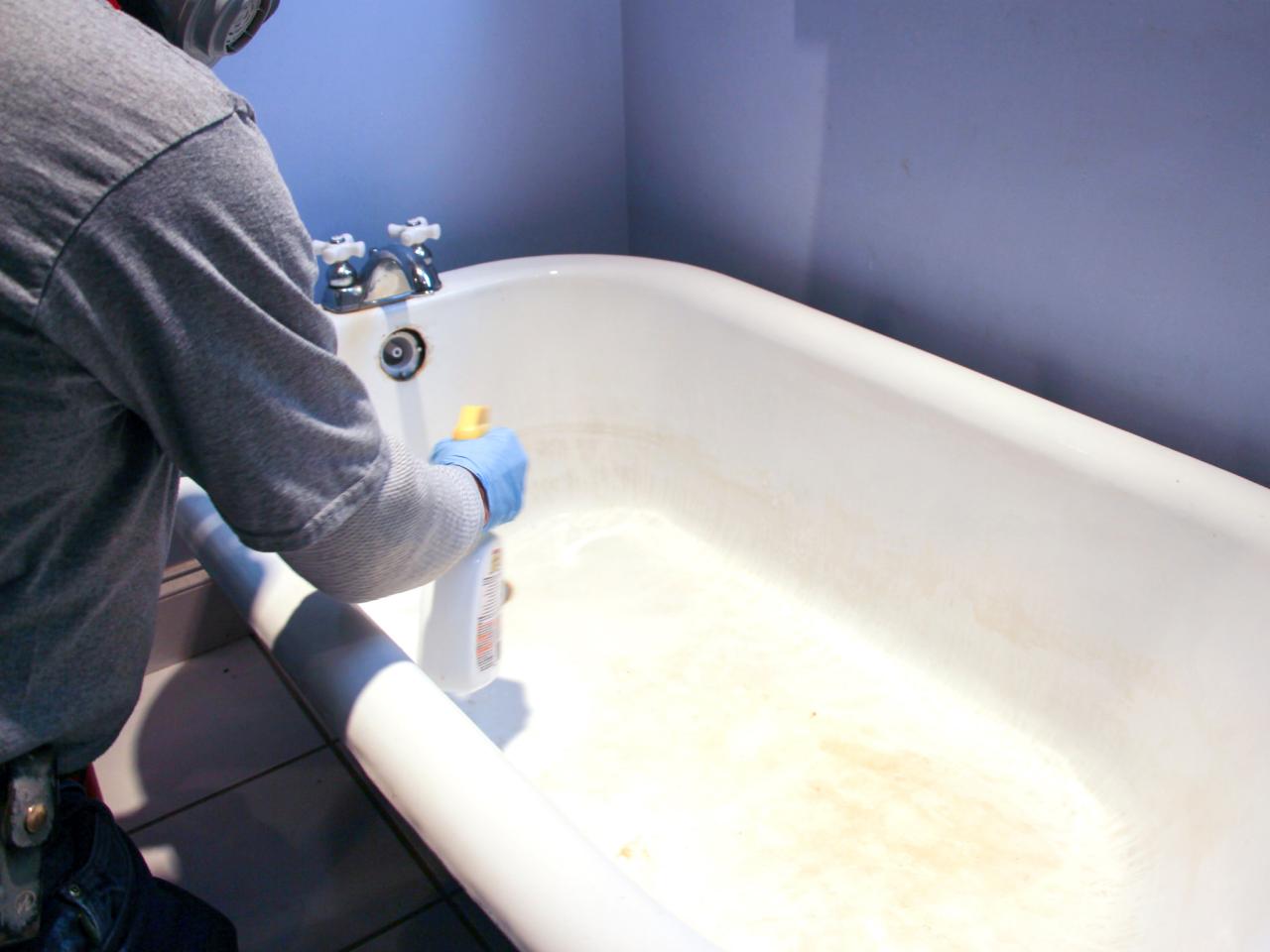
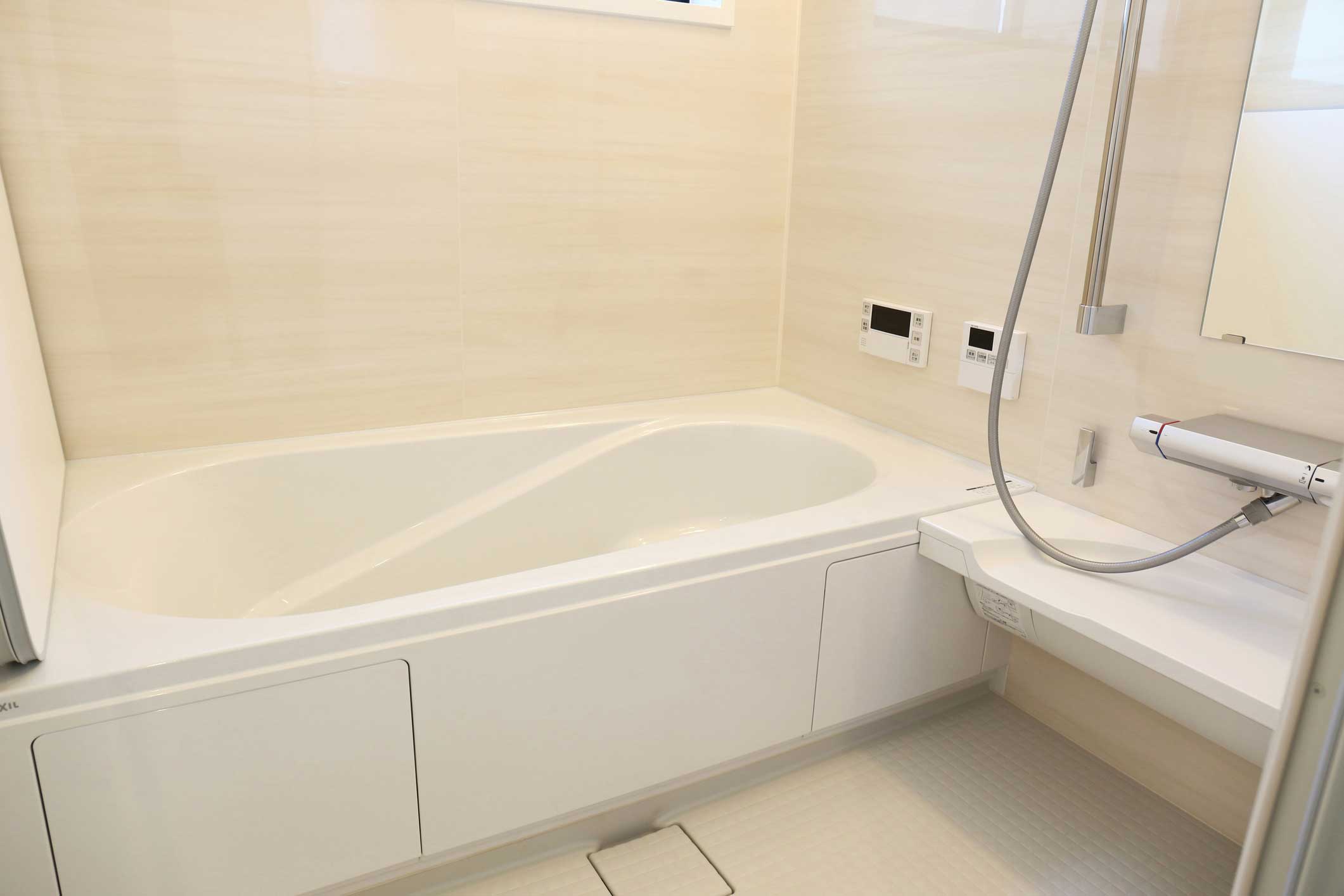
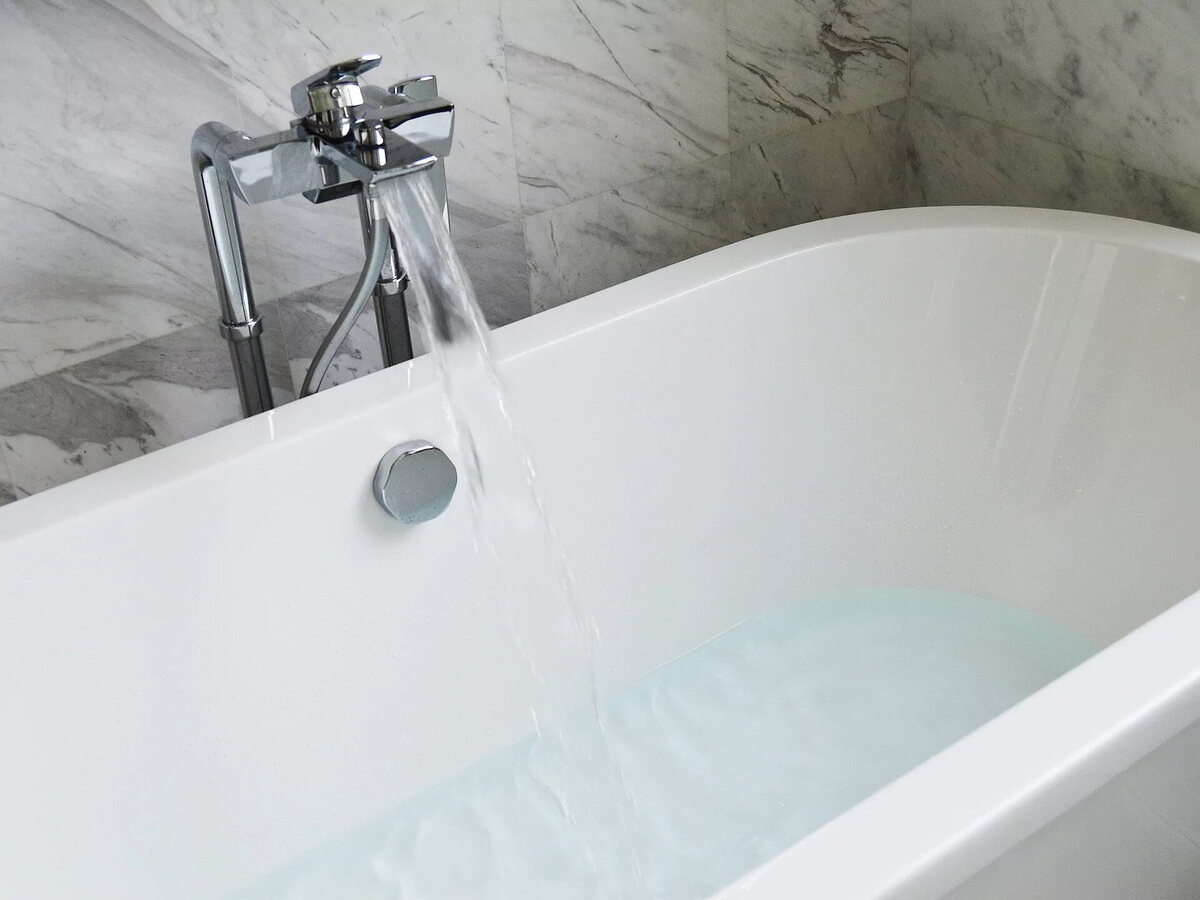
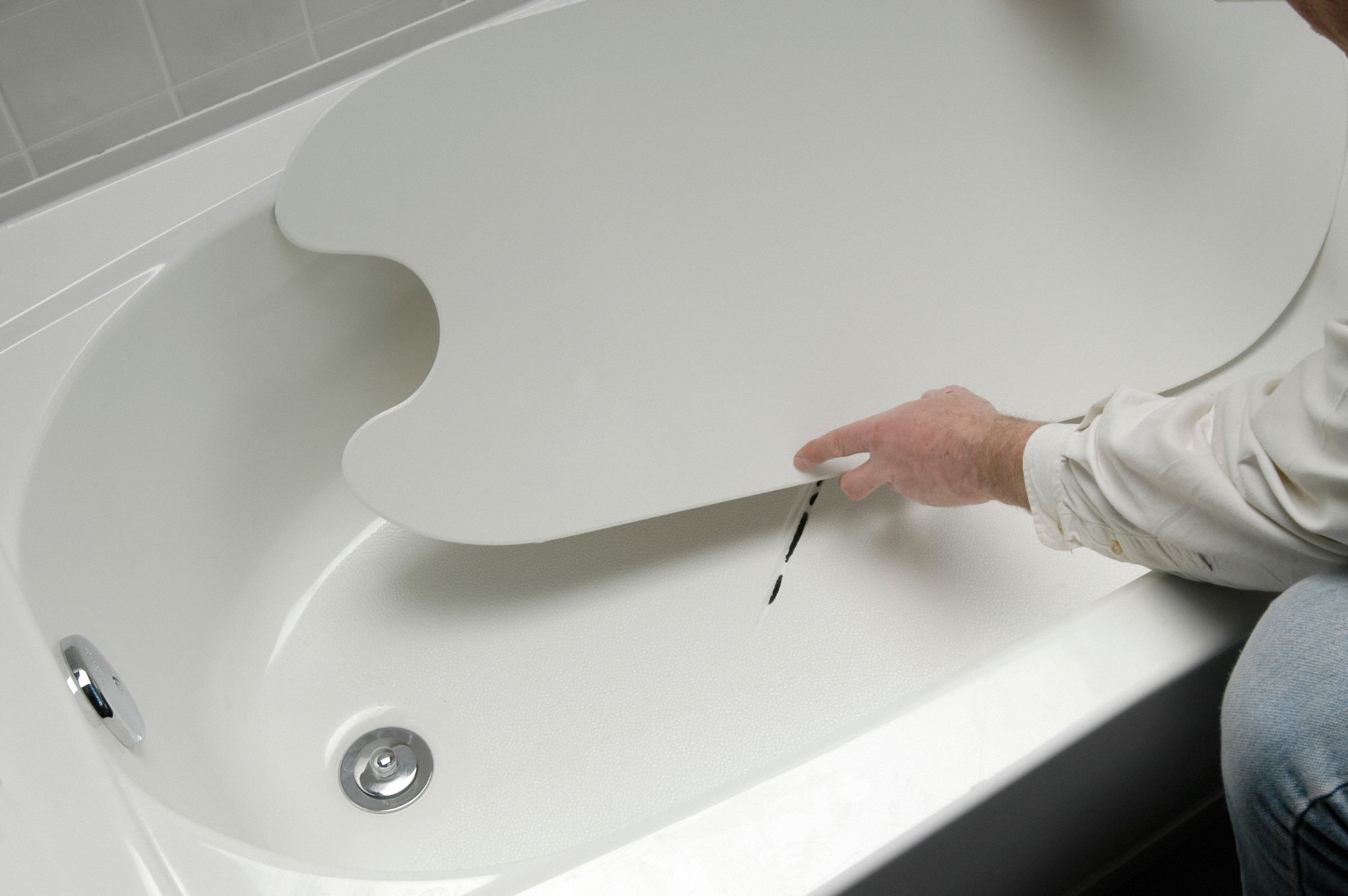

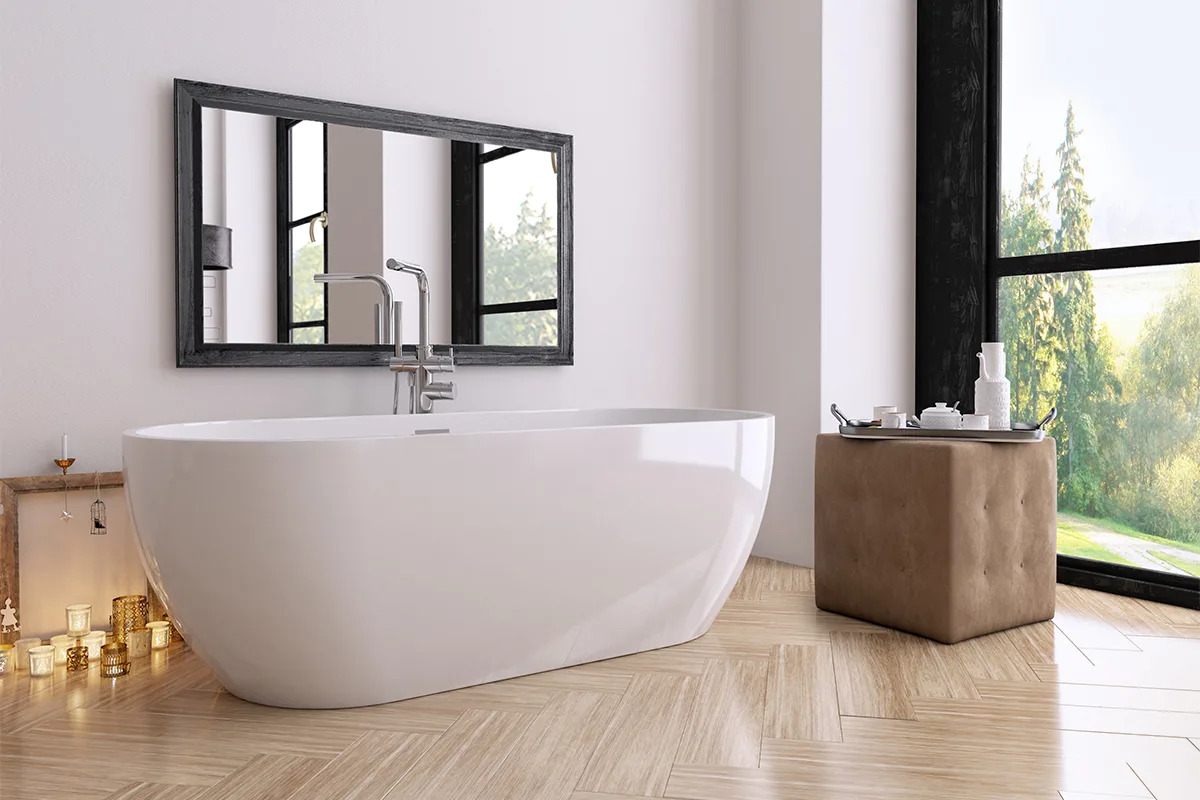


0 thoughts on “Which Is Better: Acrylic Or Fiberglass Bathtub?”